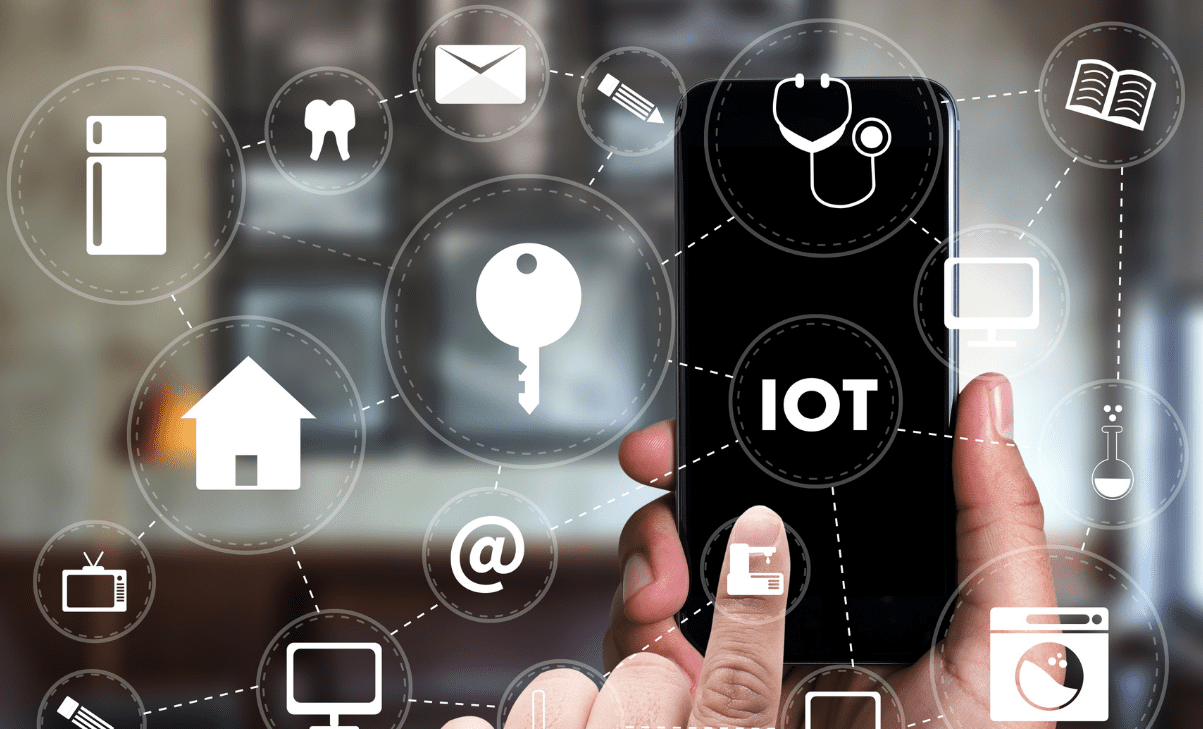Smart grid IoT devices are revolutionizing how we manage and distribute energy. These advanced technologies integrate with the existing power grid to enhance efficiency, reliability, and sustainability. By leveraging the Internet of Things (IoT), these devices collect and analyze data, enabling smarter decision-making for energy distribution and consumption.

The Evolution of the Smart Grid
The concept of the smart grid has evolved significantly over the years. Traditional power grids have been limited by their inability to adapt to changing energy demands. However, with the advent of smart grid IoT devices, power grids can now respond dynamically to fluctuations in energy usage, reducing waste and improving overall efficiency.
Key Features of Smart Grid IoT Devices
Smart grid IoT devices come equipped with various features that make them indispensable in modern energy management. These include real-time data collection, advanced analytics, and automated control systems. By utilizing these features, smart grids can optimize energy distribution and reduce operational costs.
Benefits of Implementing Smart Grid IoT Devices
The implementation of smart grid IoT devices offers numerous benefits. These devices enable more accurate demand forecasting, reducing the likelihood of power outages and ensuring a stable energy supply. Additionally, they promote energy conservation by providing consumers with detailed insights into their energy usage patterns.
Challenges in Adopting Smart Grid IoT Devices
Despite the many advantages, there are challenges associated with adopting smart grid IoT devices. These include concerns about data security and privacy, as well as the need for significant infrastructure investments. Addressing these challenges is crucial to the successful deployment of smart grid technologies.
Real-World Applications of Smart Grid IoT Devices
Across the globe, smart grid IoT devices are being deployed in various applications. In urban areas, these devices help manage and reduce energy consumption in smart cities. In rural regions, they facilitate the integration of renewable energy sources into the power grid, promoting sustainability.
Integration with Renewable Energy Sources
One of the most exciting applications of smart grid IoT devices is their integration with renewable energy sources. These devices enable the seamless incorporation of solar, wind, and other renewable energies into the grid, helping reduce reliance on fossil fuels and decrease carbon emissions.
The Role of IoT in Smart Grid Security
Security is a paramount concern in the realm of smart grid IoT devices. Protecting the grid from cyber threats requires robust security measures, including encryption, authentication, and regular system updates. As the grid becomes more interconnected, ensuring its security becomes increasingly critical.
Future Prospects for Smart Grid IoT Devices
The future of smart grid IoT devices is promising. As technology continues to advance, these devices will become even more sophisticated, offering enhanced capabilities for energy management. Their widespread adoption will play a crucial role in achieving global energy sustainability goals.
Conclusion
In conclusion, smart grid IoT devices are transforming the way we manage and distribute energy. By harnessing the power of IoT, these devices improve the efficiency, reliability, and sustainability of power grids worldwide. As we look to the future, the continued development and deployment of smart grid technologies will be essential in meeting the growing energy demands of our world.

FAQs
1. What are smart grid IoT devices?
Smart grid IoT devices are technologies that integrate with power grids to enhance energy management through real-time data collection and analysis.
2. How do smart grid IoT devices benefit energy distribution?
These devices improve energy distribution by optimizing demand forecasting, reducing power outages, and promoting energy conservation.
3. What challenges do smart grid IoT devices face?
Challenges include data security concerns and the need for infrastructure investments to support the deployment of these technologies.
For more insights into IoT technologies, you can explore Environmental Monitoring and IoT Interoperability on our blog.
Learn more about the broader scope of IoT product development by visiting IoT Product Development.


